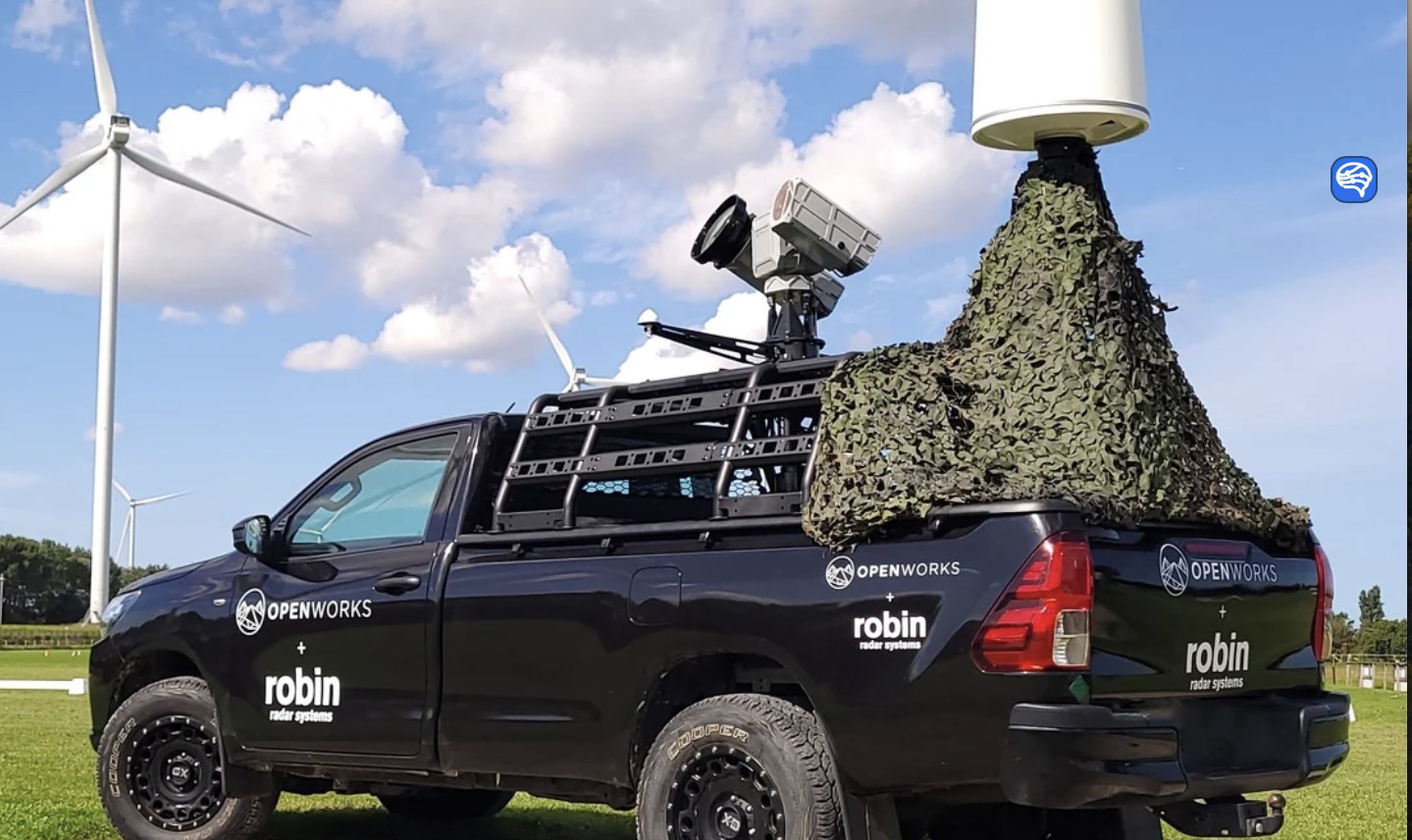Updated Iris radar buys crucial minutes to destroy kamikaze drones for the Ukrainian Army. A software upgrade of the Dutch equipment has increased its coverage radius from 5 km to 12 km, Defense Mirror reports.
This upgrade, developed using feedback from Ukrainian operators and employing artificial intelligence to improve tracking accuracy, can be installed on systems already in service in field conditions.
Irises see earlier — they save lives
Ukrainian officials say up to 80% of battlefield losses on both sides are now caused by drones, making early detection a top defense priority.
The Iris system, developed by Dutch firm Robin Radar and in Ukrainian service since the start of the full-scale invasion, now provides early warning of low-altitude threats thanks to more than a twofold increase in detection range.
Mobility, scale and tactical advantages
Reports say about 200 Iris radars are currently deployed. Each unit weighs around 29 kg, provides 360-degree coverage, and has a base price of €500,000.
Systems are typically mounted on tripods, buildings, or poles to protect energy infrastructure, government facilities, and military bases. The ability to push software updates makes them rapidly scalable and flexible in the field.
Marcel Verdonk, Chief Commercial Officer of Robin Radar, said, “You want to ideally see them at 7–8 km optimum range – and this capability enables just that.”
Read also
-
Europe must be prepared, as Russia says its Peresvet system can cover up to 1,500 km and target reconnaissance satellites
-
NBC: Russia shows no willingness to end war in Ukraine as peace efforts stall, US intelligence assesses
-
Military wanted to see farther — now Dutch company delivers that with AI-driven Iris radar in Ukraine
-
Russian terror strikes on Ukrainian energy facilities cut power to thousands civilians as winter approaches

